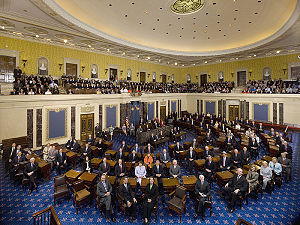
Percentage of national population suffering from malnutrition, according to United Nations statistics. (Photo credit: Wikipedia)
A new book by the Food and Agricultural Organization (FAO), Edible Insects, proposes the consideration of insects, particularly beetles, wasps and caterpillars as a source of nutrition to address problems of food insecurity. The FAO notes that many insects, including worms, grasshoppers and cicadas are high in “protein, fat and mineral content” and can be eaten whole or ground into a powder or paste, and incorporated into other foods. [1] In many countries, insects are considered delicacies, principally because of their nutritious value.
It seems reasonable that insect farming could become a very relevant industry for human and animal feeding in this time in which we are confronted with overwhelming problems of global population explosions and urbanization. We struggle to find adequate solutions to an ever-increasing demand for food and the persistent negative environmental impact created by its production and delivery. The challenges arising from livestock production in terms of land and water pollution and over-grazing, along with its adverse effect on climate change due to increased carbon footprint, is well documented, as is the adverse impact of crop production, including, but not limited to, the introduction of harmful pesticides into the air, soil and water and industrial agricultural, which leads to loss of genetic diversity and extinction of some plant species. The opportunity to explore insect farming as a possible solution to food insecurity is exciting and should not be ignored.
A key factor to successfully introduce edible insects as an integral component of the food supply would involve addressing the perception of insects in western cultures. To date, insects are considered “disgusting” despite the acknowledgement that as environmentalists, we should feel a kinship to all creatures. We find that there are so many insects that we would rather do without. Also, although it is generally known that in the process of industrial food production, it is impossible to totally alleviate bug parts from the food that we eat, citizens in western cultures have not accepted the idea of eating whole insects. [2]
Interestingly, the subject of edible insects is being raised at the same time as the 17-year cicada is making its clamorous ascent to the east coast. As these insects bore their way to the earth’s surface, excitement and curiosity about them abound. Discussions include their nutritional value. Local newspapers carry articles about them,including recipes. They have been dubbed “the shrimp of the land“.
It is inevitable that we find long-term and ethical solutions to food insecurity, and the consideration of edible insects definitely deserves our attention. With the concomitant ascent of the 17-year cicada, we have a unique opportunity to try entomophagy (name given to insect eating) and to test the possibility of utilizing insects as a dietary staple. As a plus, cicadas are natural, unlike GMOs, and they are in abundance. [3]
We here at LGBG invite you, our readers, to send us feedback about your experiences with cicadas, including comments, pictures and even recipes. We will post as many as we can. As always, live green, be green!
___________________
Sources for this article:
1. http://allafrica.com/stories/201305141429.html
2. http://www.huffingtonpost.ca/2012/05/02/bugs-in-food_n_1467694.html
3. http://www.nbcphiladelphia.com/news/local/Cicadas-The-Shrimp-of-The-Land-206945321.html








